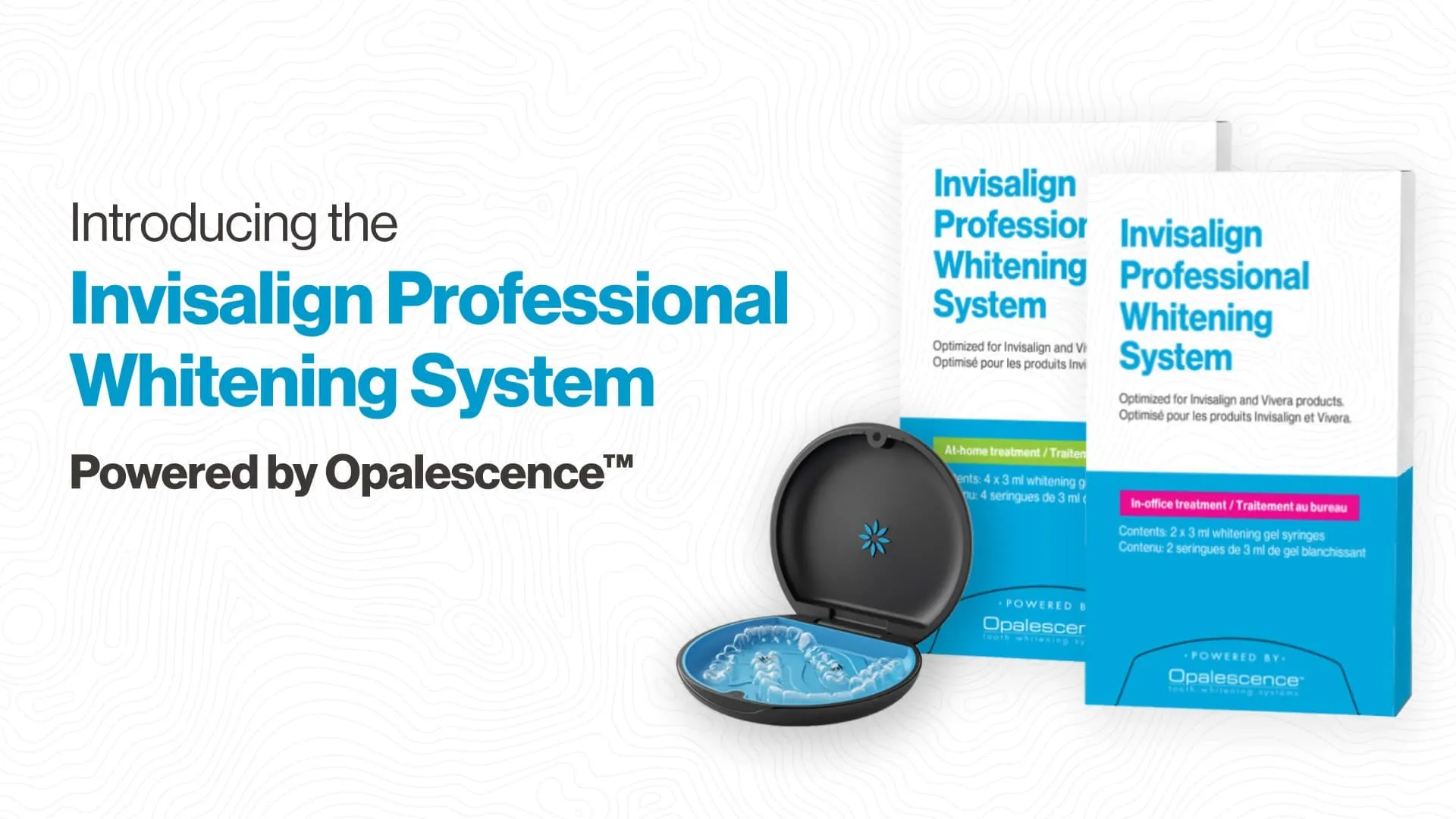Understanding Teeth Whitening After Invisalign
Achieving a bright, white smile is a common goal for many undergoing Invisalign treatment. Invisalign not only straightens teeth but also offers an opportunity to enhance the overall appearance of your smile. However, the journey doesn’t always end with perfectly aligned teeth; maintaining that brilliant white is crucial. This comprehensive guide explores the intricacies of teeth whitening after Invisalign, ensuring you have all the knowledge and tools needed to achieve and maintain a stunning, confident smile. The information provided here will help you understand the importance of timing, the best methods to use, and how to preserve your results for the long term.
Why Teeth Staining Happens After Invisalign
Teeth staining after Invisalign can be a frustrating experience, but understanding the causes can help prevent it. During Invisalign treatment, your teeth are more susceptible to staining because the aligners create a sealed environment against the teeth. This can trap food particles and beverages against the enamel, leading to discoloration. Additionally, the aligners themselves can accumulate stains if not cleaned properly. Certain foods and drinks contain pigments that easily adhere to the tooth surface, especially when they are in prolonged contact. Proper care, careful food and drink choices, and vigilant cleaning are the keys to avoiding this issue. Here is how the foods and drinks affect your treatment and the precautions you can take to protect your teeth.
Foods and Drinks to Avoid
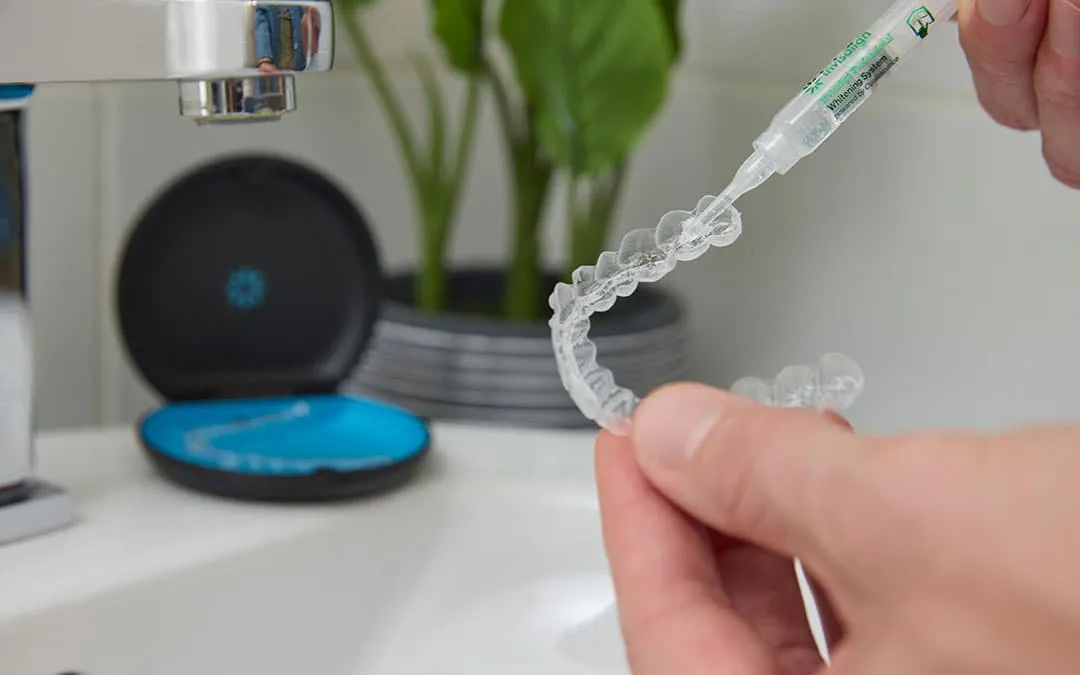
To minimize staining, it is best to avoid or limit the consumption of certain foods and drinks known to cause discoloration. Coffee, tea, red wine, and dark sodas are notorious culprits, as they contain strong pigments that easily stain teeth. Beets, berries (especially blueberries and blackberries), and curries can also contribute to staining. When you do consume these items, rinse your mouth with water immediately afterward or brush your teeth after a while. This helps remove the pigments before they can penetrate the enamel. Being mindful of your diet and making smart choices during the Invisalign treatment can make a significant difference in your smile’s brightness.
How to Properly Clean Your Aligners
Proper cleaning of your Invisalign aligners is essential not only for maintaining oral hygiene but also for preventing staining. Always rinse your aligners with lukewarm water every time you remove them. Avoid using hot water, as it can warp the plastic. Use a soft-bristled toothbrush and mild soap or a specific aligner cleaner to gently scrub away any food particles or plaque buildup. Soaking your aligners in a cleaning solution, such as a denture cleaner or a solution specifically designed for Invisalign, can help remove stubborn stains and kill bacteria. Following your orthodontist’s cleaning recommendations and developing a consistent cleaning routine are key to keeping your aligners clear and your teeth bright.
Best Teeth Whitening Methods After Invisalign
After completing your Invisalign treatment, you’ll likely want to address any staining or discoloration that has occurred. Fortunately, several effective teeth whitening methods are available, each with its own advantages and considerations. It is always advisable to consult with your dentist before starting any whitening treatment to ensure it is suitable for your specific situation and oral health needs. This section explores popular methods so you can choose the one that best suits your needs and desired results, ranging from professional treatments to at-home options. Before starting, make sure you fully understand all the potential risks and benefits of teeth whitening.
Professional Teeth Whitening Options
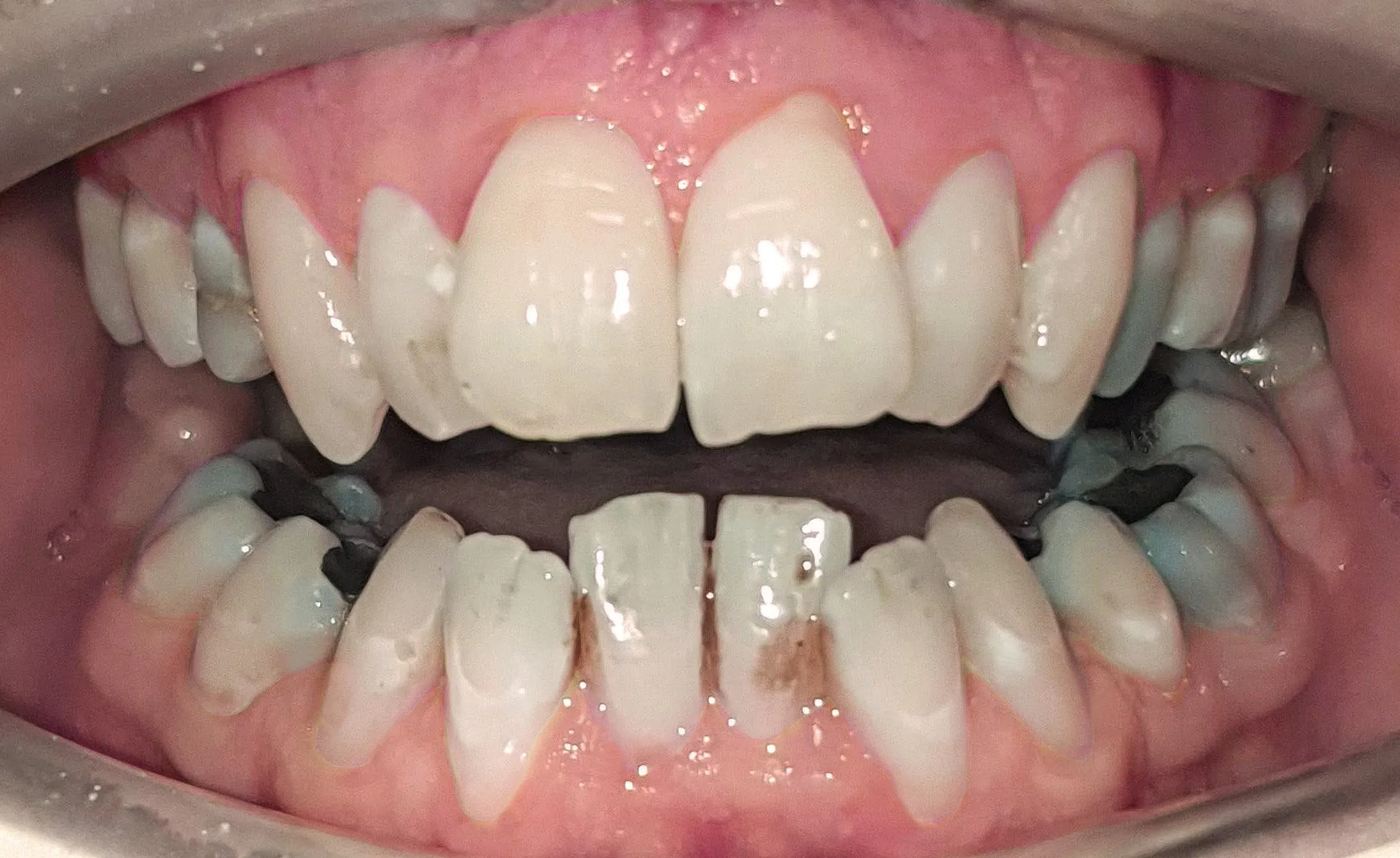
Professional teeth whitening offers the most dramatic and fastest results. It is performed by a dentist and involves the use of high-concentration bleaching agents. This method can effectively remove deep stains and significantly brighten your smile. Professional whitening is generally considered safe when performed by a qualified dentist, as they can monitor the process and address any potential sensitivity. There are two main types of professional whitening treatments in-office and custom trays. This is the most effective procedure, so if you want rapid and effective whitening, you should opt for professional treatment. It can be expensive, but it is worth the cost.
In-Office Whitening Procedures
In-office whitening involves applying a strong whitening gel to the teeth and activating it with a special light or laser. The entire procedure usually takes about an hour, and you’ll see immediate results. The dentist protects your gums and soft tissues to prevent irritation during the procedure. This method is ideal for those who want instant results and are willing to invest in a professional treatment. The dentist will typically provide aftercare instructions to maintain the brightness and manage any temporary sensitivity. This option is the quickest way to get a noticeably whiter smile, making it a popular choice for special events or occasions.
At-Home Whitening Kits
For those who prefer a more convenient and budget-friendly option, at-home whitening kits are available. These kits typically include custom trays or pre-filled strips containing a lower concentration of bleaching agents than professional treatments. At-home kits require more time and consistency to achieve noticeable results, but they can be very effective. It is important to follow the instructions carefully to avoid side effects such as tooth sensitivity or gum irritation. Before starting, discuss the best option for you with your dentist. This will help ensure that the chosen kit is appropriate for your needs and that you achieve the desired results safely.
Over-the-Counter Whitening Strips and Gels
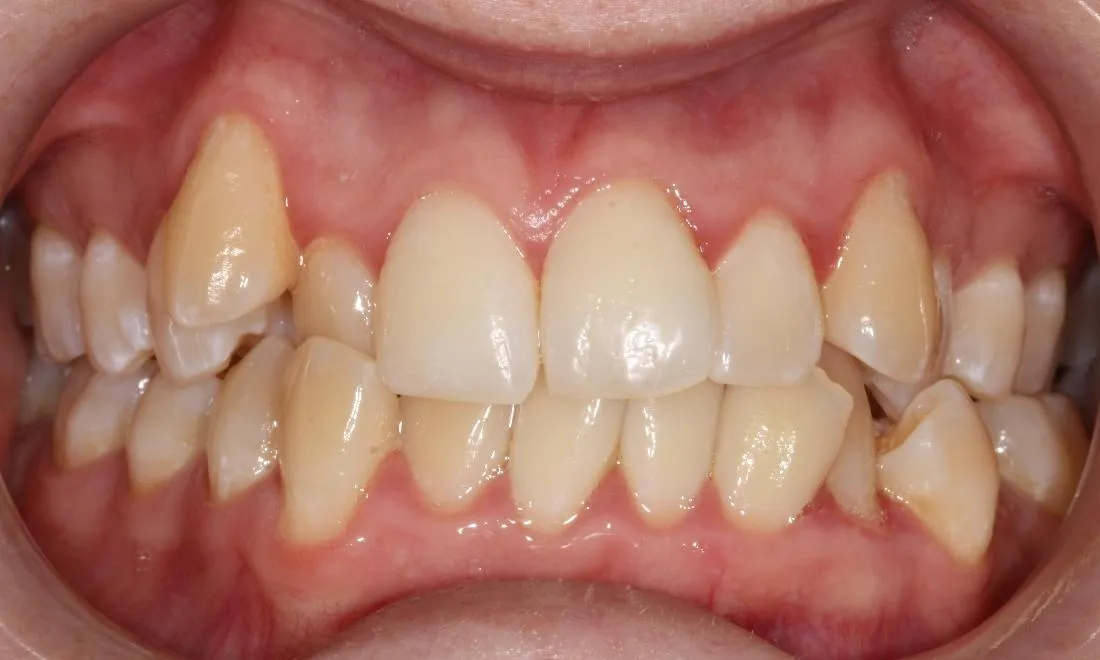
Whitening strips and gels are widely available over the counter and are a popular choice for at-home whitening. These products are easy to use and provide a gradual whitening effect. Whitening strips are thin, flexible strips coated with a whitening agent that you apply directly to your teeth. Whitening gels can be applied using custom trays or with a brush. While effective, these products may not provide as dramatic results as professional treatments, and consistency is key. The ingredients are safe but may cause some sensitivity. Ensure to follow the instructions carefully to avoid any adverse effects and achieve the desired level of brightness.
Custom Whitening Trays from Your Dentist
Custom whitening trays, prescribed and provided by your dentist, offer a more personalized and effective at-home whitening experience. These trays are created from molds of your teeth, ensuring a perfect fit and maximum contact with the whitening gel. Your dentist will provide you with a stronger bleaching agent than what is available over the counter and will guide you on how to use it safely and effectively. Custom trays allow for more even and controlled whitening, reducing the risk of gum irritation and sensitivity. This option provides a balance between professional results and the convenience of at-home treatment, making it a very popular choice among patients seeking noticeable improvements to their smile’s brightness.
Maintaining Your White Smile
Once you have achieved your desired level of whiteness, maintaining your results is crucial. This involves a combination of good oral hygiene practices, regular dental checkups, and mindful lifestyle choices. By adopting these strategies, you can prolong the life of your whitening treatment and keep your smile bright and beautiful for years to come. This part explores essential habits and professional care to help you maintain a dazzling, confident smile.
Oral Hygiene Routine for Whitening
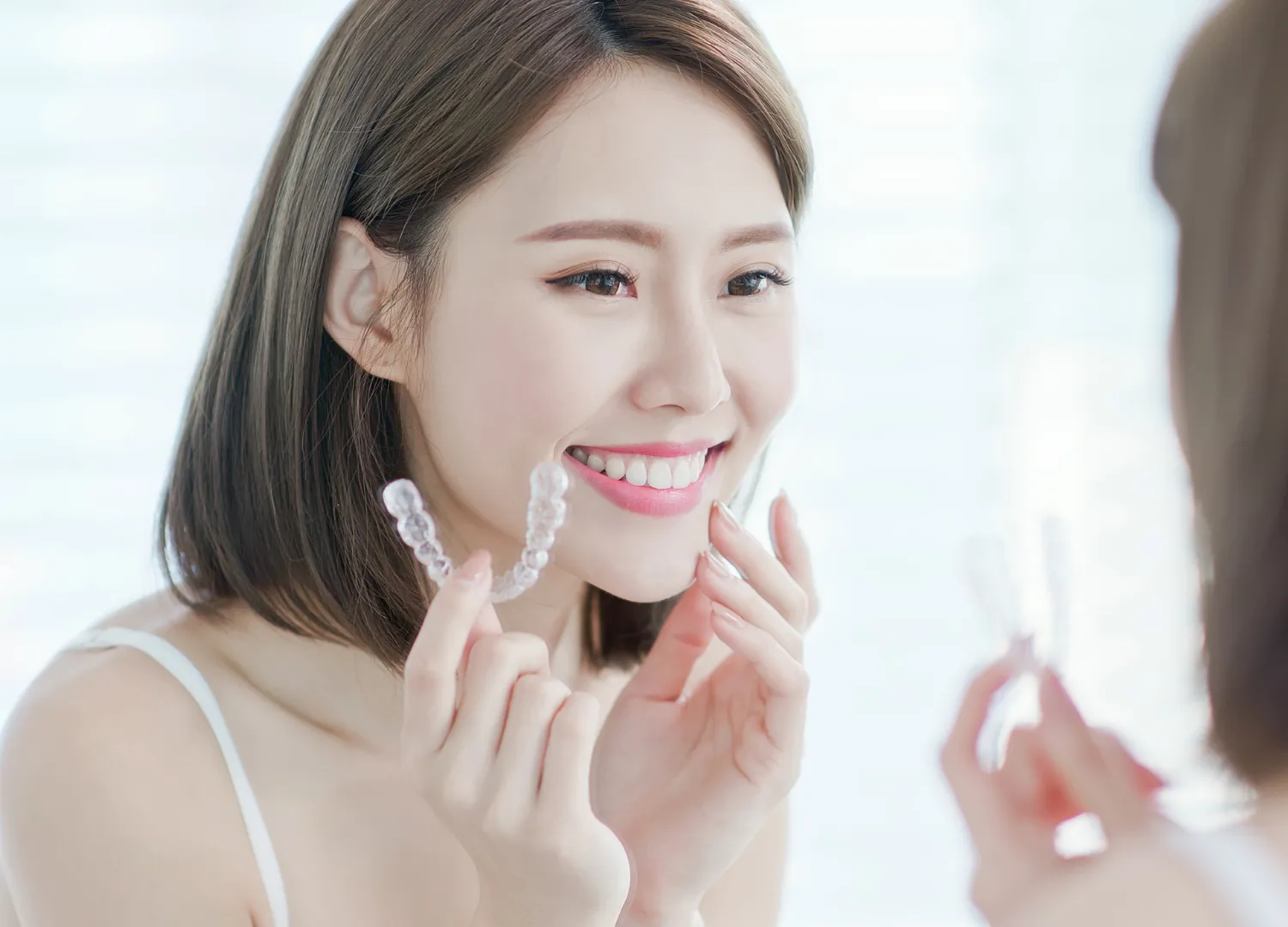
A consistent oral hygiene routine is the cornerstone of maintaining a white smile. Brush your teeth at least twice a day with a whitening toothpaste containing fluoride to help remove surface stains and strengthen enamel. Floss daily to remove plaque and food particles from between your teeth, which can contribute to staining. Consider using an antimicrobial mouthwash to further reduce bacteria and keep your breath fresh. Using the correct techniques and high-quality oral care products can make a significant difference. This will not only help preserve the whiteness of your teeth but will also promote overall oral health, preventing other issues such as cavities and gum disease. The right routine is essential to having a bright smile.
Regular Dental Checkups and Cleanings
Regular dental checkups and cleanings are essential for maintaining a white and healthy smile. During your checkups, your dentist can assess your oral health and identify any potential issues, such as cavities or gum disease, that could affect the appearance of your teeth. Professional cleanings remove plaque and tartar buildup, which can cause staining and dull the brightness of your teeth. Your dentist can also provide advice on maintaining your whitening results and recommend additional treatments if needed. Scheduling regular appointments and following your dentist’s recommendations will help ensure your smile remains bright, healthy, and beautiful for years to come. Prevention and early intervention are important for long-term oral health and a stunning smile.
